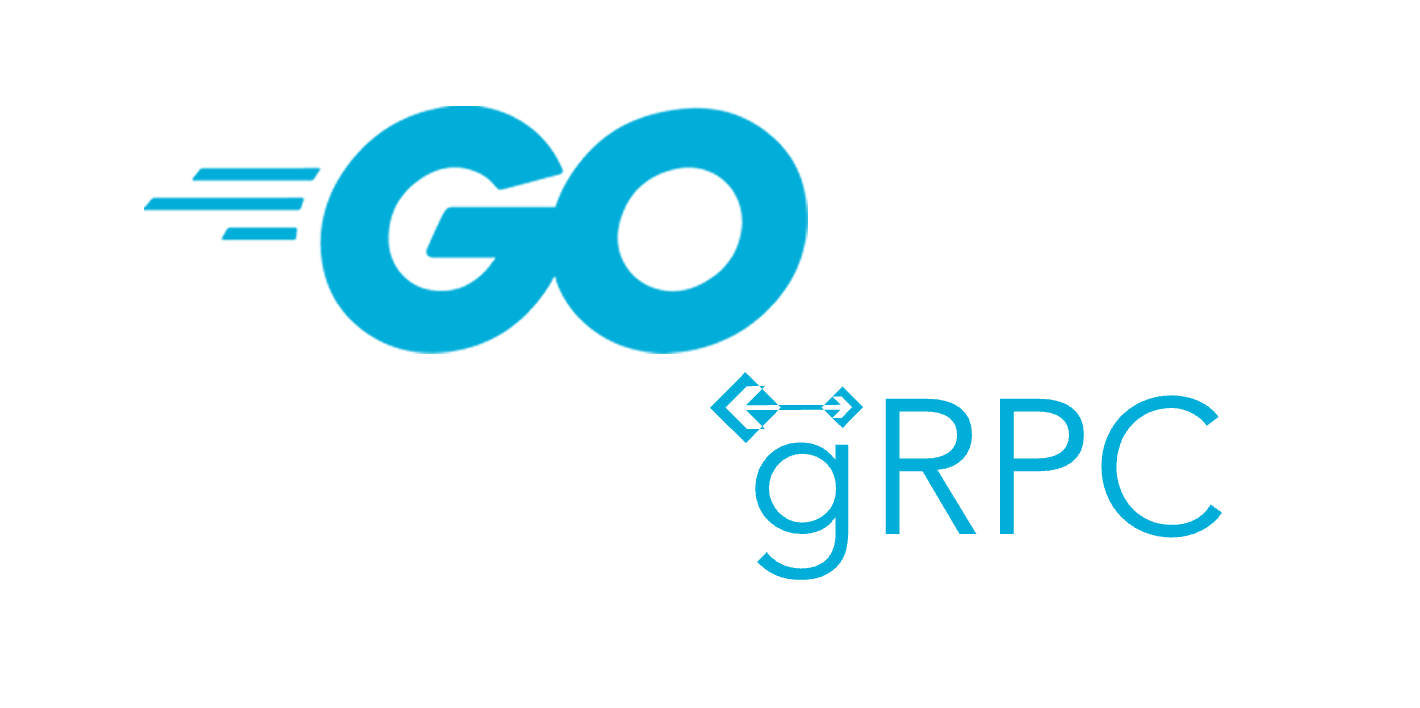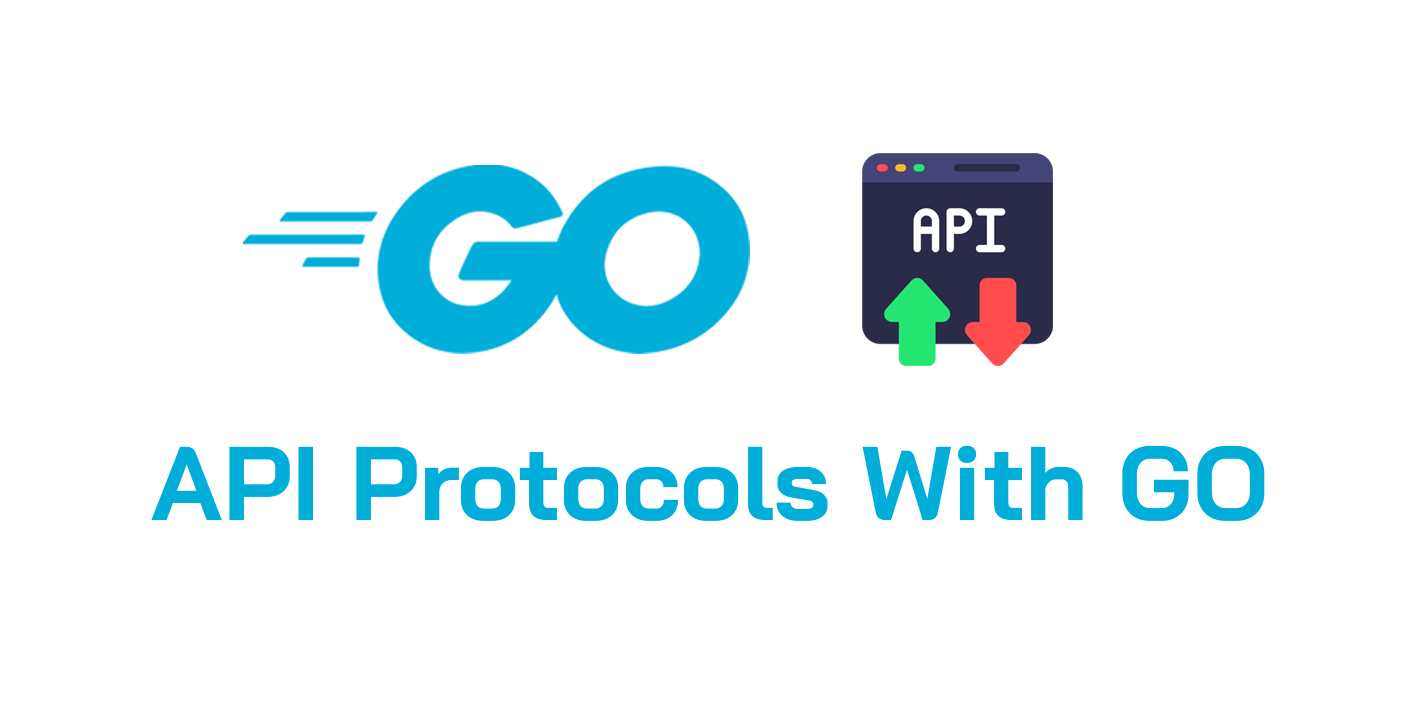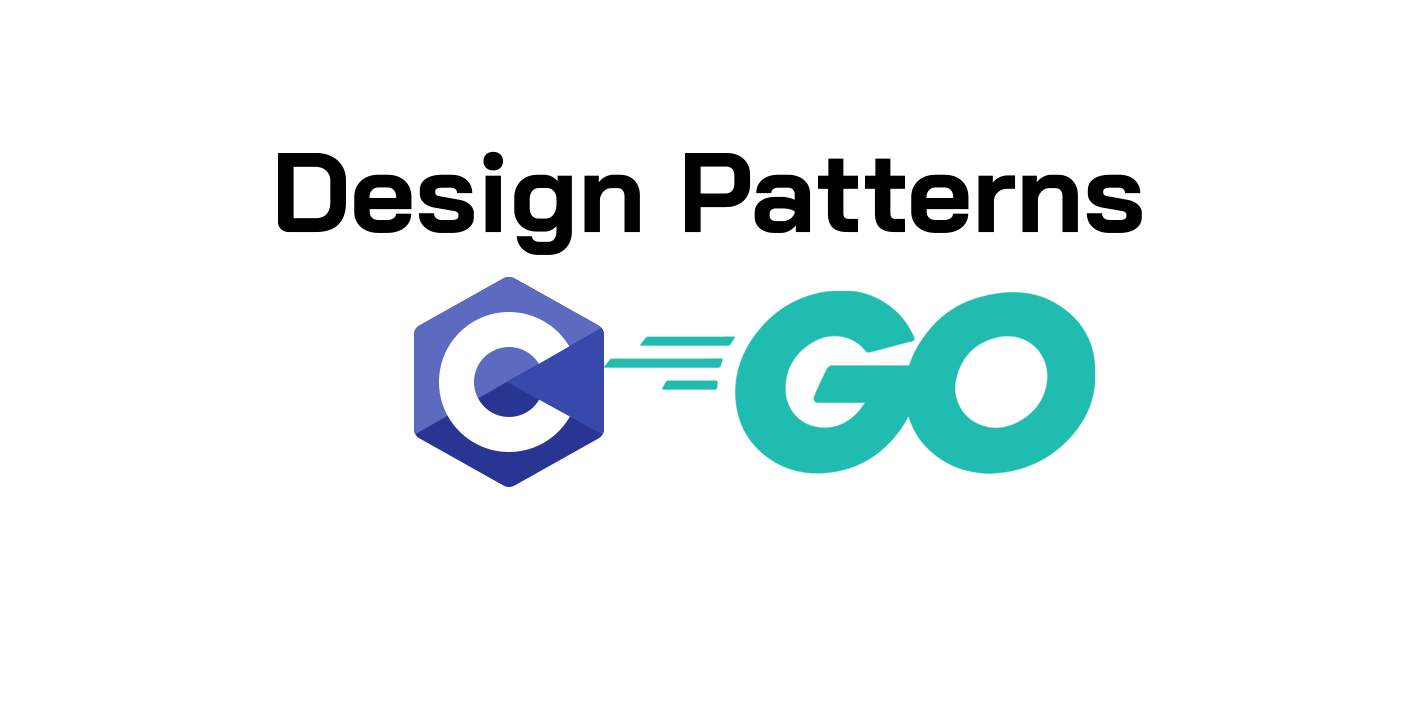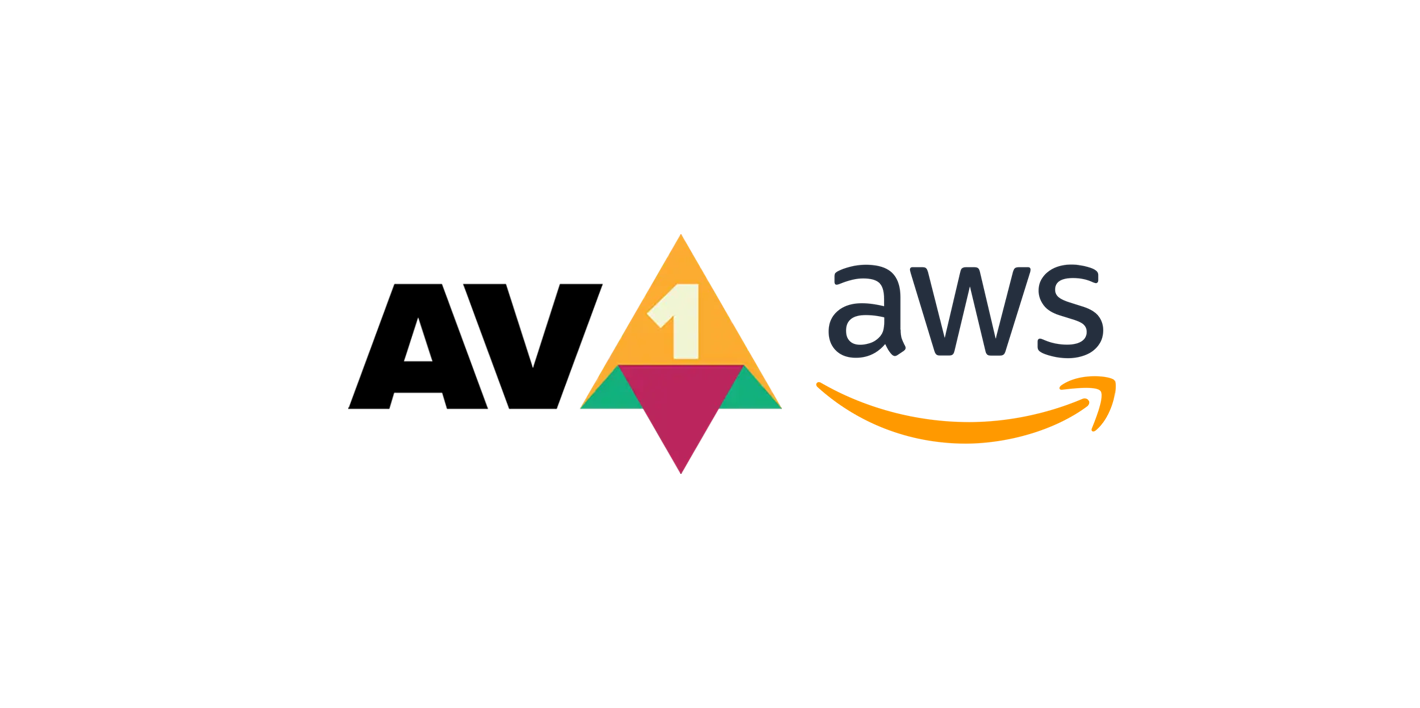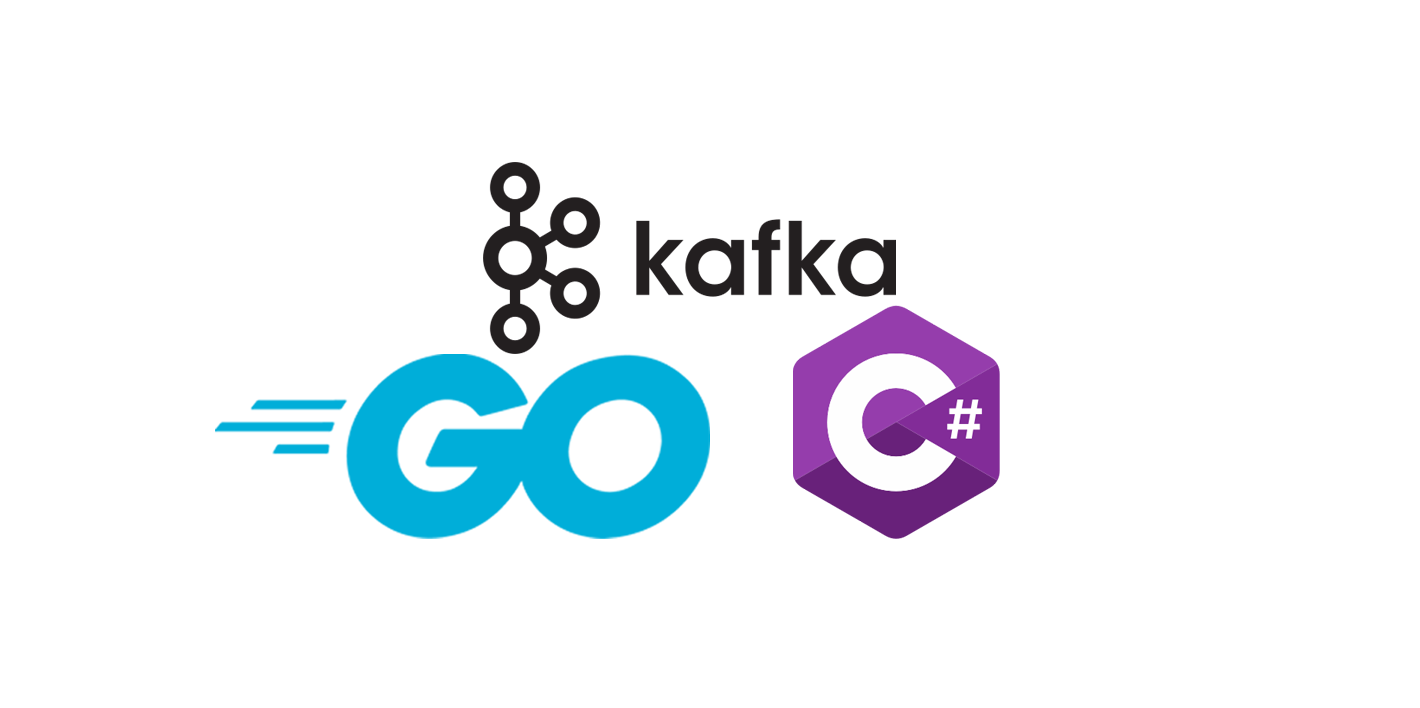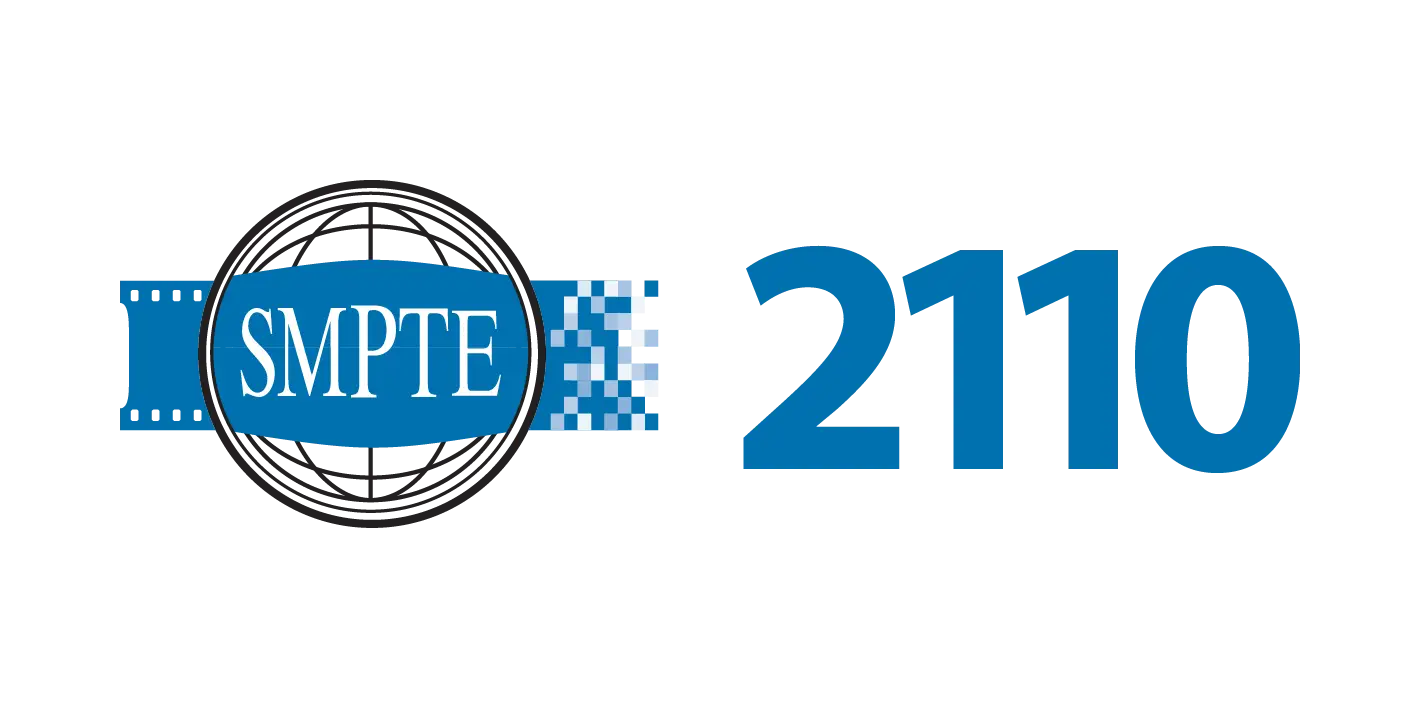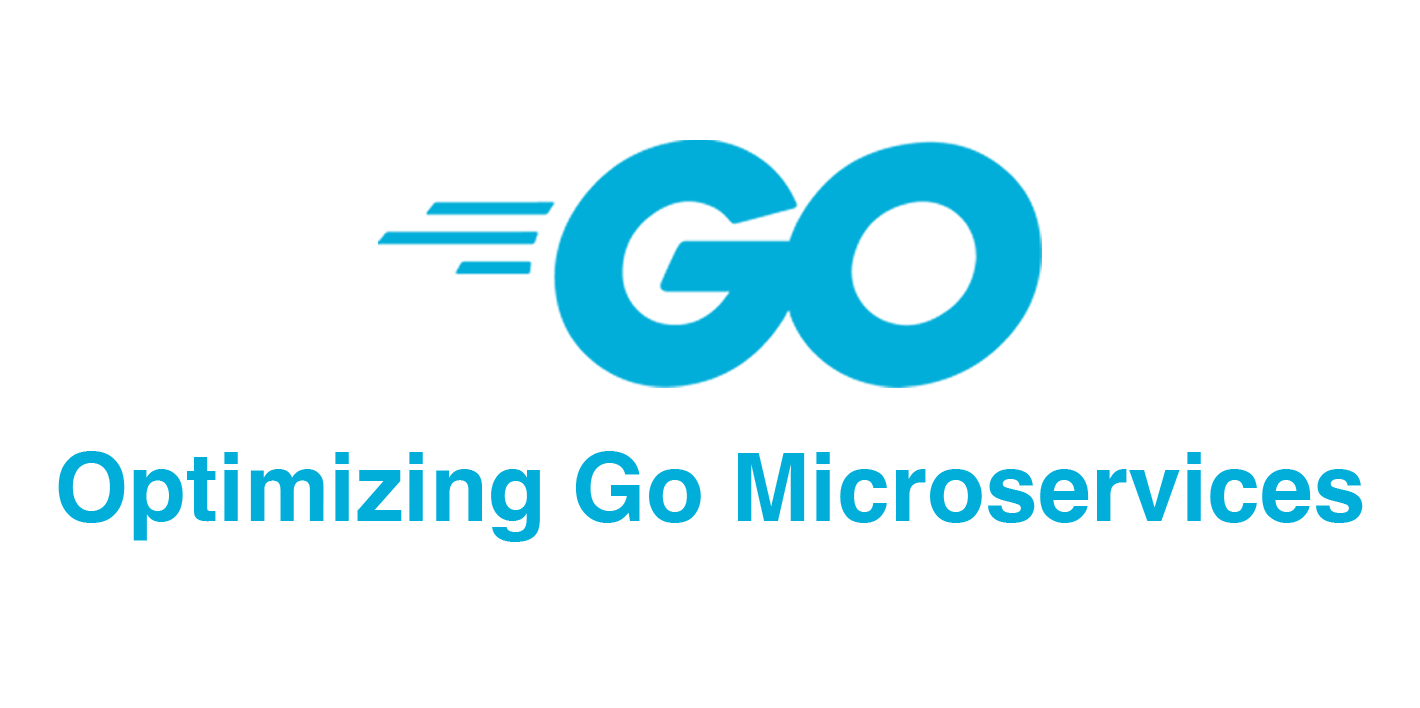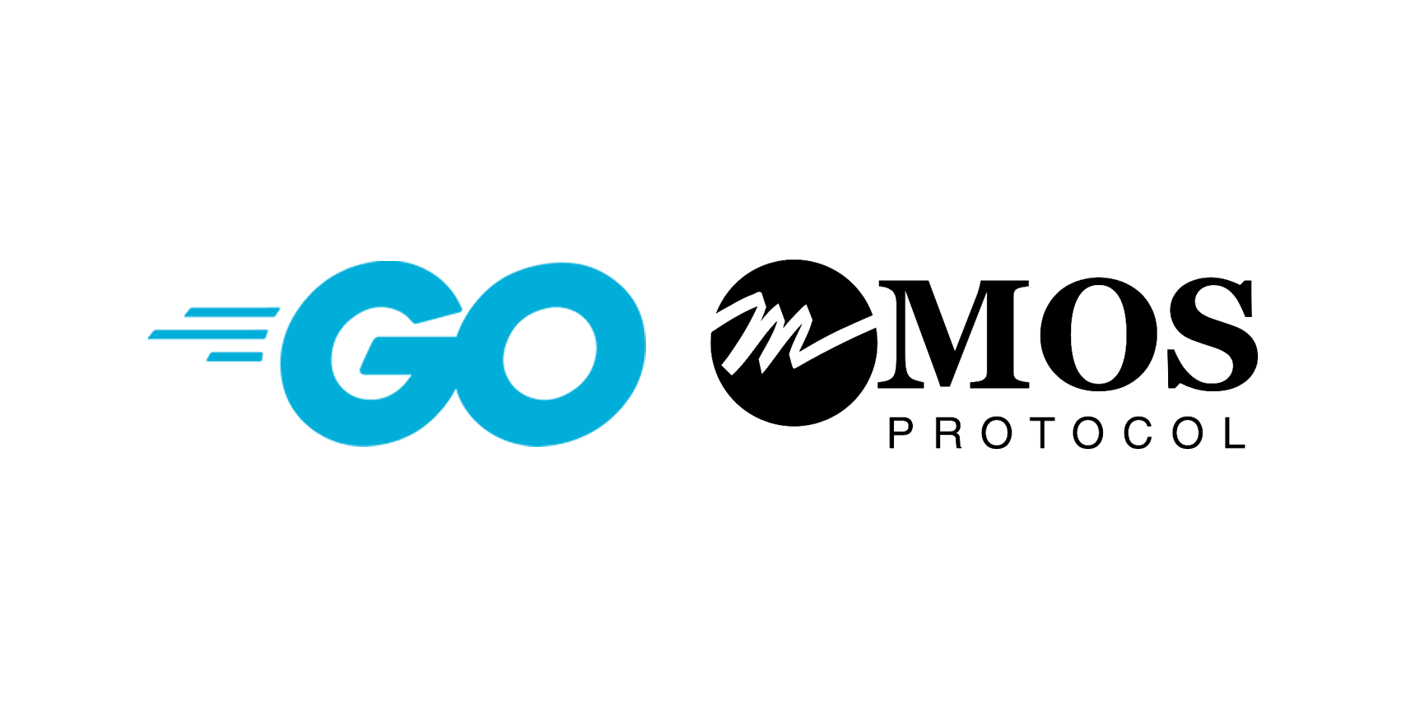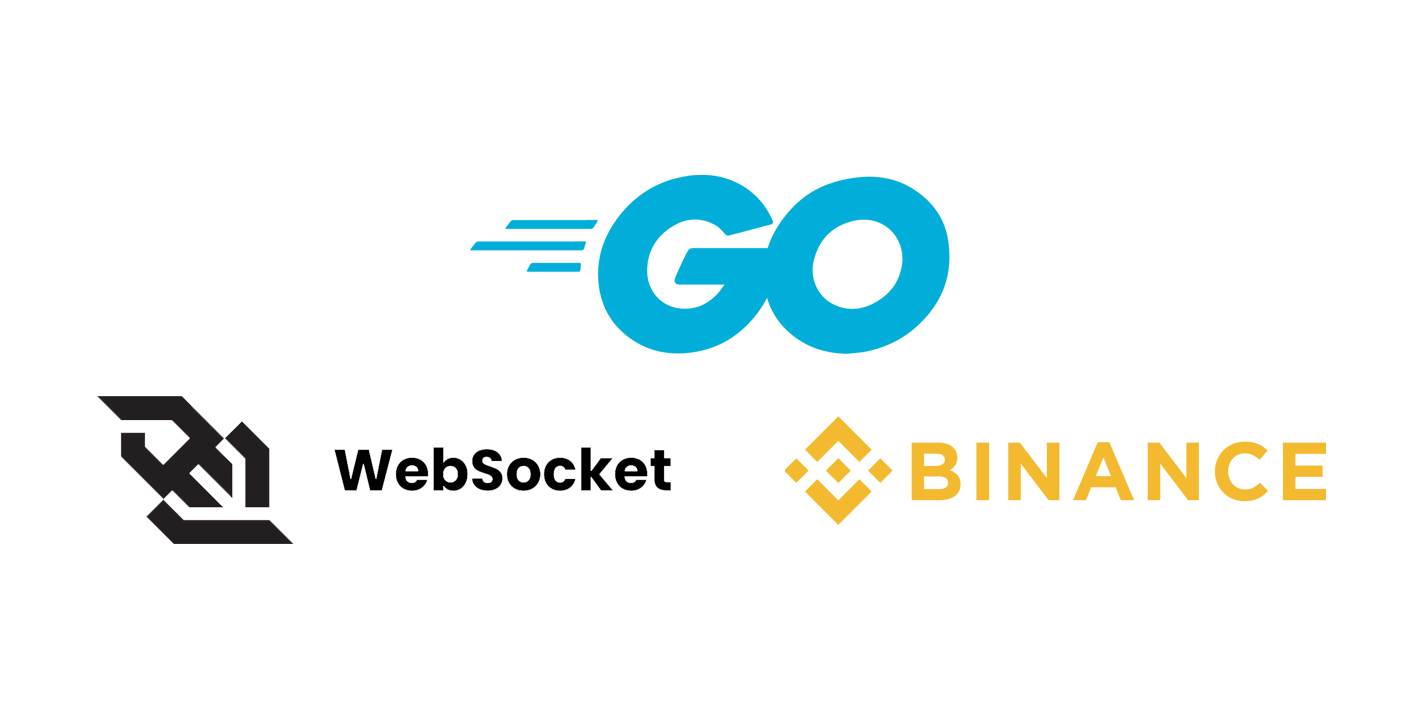The Power of Golang with gRPC: High-Performance Microservice Communication - A Modern Approach TL;DR gRPC: High-performance RPC framework developed by Google, using HTTP/2 and Protocol Buffers Go + gRPC: Ideal combination for concurrency and performance 4 Communication Models: Unary, Server Streaming, Client Streaming, Bidirectional Streaming Production Ready: Auth, Load Balancing, Health Checks, Monitoring support 1. Introduction: Modern Solution to Communication Challenges in the Microservice Era In the modern software ecosystem, microservice architectures have created a revolution to overcome the limitations of monolithic structures.
Modern API Protocols: A Comprehensive Review with Go TL;DR REST: Simple integration, broad client support; great for CRUD and public APIs. gRPC: Low latency, high throughput; best for microservice-to-microservice. GraphQL: Flexible querying and single endpoint; frontend/mobile heavy apps. WebSocket: Real-time, bidirectional; chat, trading, collaboration, games. Webhook: Event-driven integrations and automation. gRPC‑Web: Browser-friendly gRPC via gateway; type-safe and fast. tRPC: End-to-end type safety in TypeScript stacks; rapid dev. Quick Selection Guide Need real-time?
High-Performance Messaging Systems with Apache Kafka and Go: Architecture, Optimization, and Practical Solutions Apache Kafka stands as one of the most powerful and efficient distributed messaging systems in modern data architectures, offering an ideal solution for developing high-performance applications. In this comprehensive article, we will delve into the technical architecture behind Kafka’s exceptional performance and demonstrate its effective implementation with Go programming language through detailed examples and real-world scenarios.
🏗 Kafka’s Performance Architecture Let’s demonstrate Kafka’s basic architecture with the following diagram:
Design Patterns in Software Development: A Comprehensive Review with C and Go Examples Introduction Purpose of This Article: This article is not intended to promote design patterns as the ultimate solution. Instead, it aims to explain the challenges and limitations of design patterns, particularly in the context of C and Go. We’ll explore why many traditional patterns might be unnecessary or even counterproductive in these languages. Definition and Context: Design patterns are reusable solution templates for common problems encountered in software development.
Building a Modern Video Streaming Platform with AV1 Technology: Creating a Netflix-like Experience Setup and optimization of a premium video streaming service using AV1 codec within the Amazon AWS ecosystem
Contents Introduction AV1 Codec: Next-Generation Video Compression Platform Architecture with Amazon AWS and AV1 Content Preparation and Encoding Strategy Distribution Infrastructure and CDN Optimization User Experience and Player Integration Scaling and Cost Optimization Challenges and Solution Strategies Future Planning Conclusion Introduction Today, video streaming platforms constitute a significant portion of internet traffic.
Apache Kafka is an open-source distributed event streaming platform developed by LinkedIn in 2011 and later donated to the Apache Software Foundation. Initially developed for LinkedIn’s internal needs, Kafka is now widely used by major technology companies such as Netflix, Uber, Twitter, and Airbnb.
The main reasons for Kafka’s popularity are:
High Efficiency: Ability to process millions of messages per second Low Latency: Millisecond-level delay times Durability: Reliable storage mechanism preventing data loss Scalability: Ability to scale horizontally with ease Distributed Architecture: Multi-broker support for high availability With the proliferation of modern microservice architectures, messaging systems like Kafka have become essential for inter-service communication.
Switch Configurations and Routing Mechanisms in SMPTE 2110 Networks Hello,
In this article, I’ve attempted to provide a more comprehensive explanation of the SMPTE-2110 standard that I had only touched upon superficially before. I aimed to present detailed information specifically about switch configurations and routing mechanisms. I hope this content will be useful for you.
Introduction SMPTE 2110 is a family of standards for transporting video, audio, and auxiliary data (metadata) over IP networks in the professional media industry.
Optimizing Go Microservices for Low Latency & High Throughput Introduction Go (Golang) has become a popular choice for building microservices due to its excellent concurrency model, efficient memory management, and compiled nature. However, achieving optimal performance in terms of both latency and throughput requires careful consideration of architecture, coding patterns, and system-level optimizations. This article explores comprehensive strategies to optimize Go microservices for peak performance.
Understanding Latency and Throughput Before diving into optimizations, it’s essential to understand what we’re optimizing for:
MOS (Media Object Server) Protocol: Technical Analysis and Implementation Table of Contents Introduction Basic Structure of MOS Protocol MOS Protocol Implementation with Go Code Analysis and Examples Best Practices and Recommendations 1. Introduction The MOS (Media Object Server) Protocol is a standardized protocol used for communication between systems in news broadcasting. This article examines the technical details of the protocol and its implementation using the Go programming language.
2. Basic Structure of MOS Protocol MOS protocol uses an XML-based messaging system running over TCP/IP.
Monitoring Binance Futures Trading Using Websocket API with GOLANG Introduction This article presents a technical analysis of a real-time position and order monitoring application developed for the Binance futures platform. The application is developed using the Go programming language and provides the capability to monitor positions, orders, and account status in real-time through the Binance API.
Technical Infrastructure Technologies Used Go Programming Language: Main development language Gorilla WebSocket: Library used for WebSocket connections Binance Futures API: Communication with the futures platform HMAC-SHA256: Hash algorithm used for API security signing Core Data Structures The application is built on three fundamental data structures:

